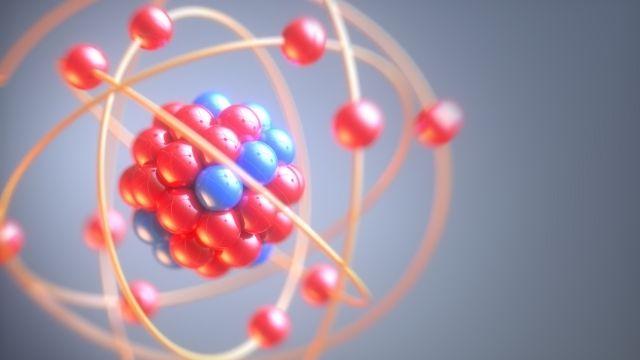Topic Content:
- The Concept of Atoms, Molecules, and Ions

Matter is made up of atoms, molecules, and ions.
Atom:
An atom is the smallest particle of an element which can take part in a chemical reaction. Atom is considered to be the basic unit of simple substances or elements.
Molecule:
A molecule is the smallest particle of a substance that can normally exist separately and still retain the chemical properties of that substance.
You are viewing an excerpt of this Topic. Subscribe Now to get Full Access to ALL this Subject's Topics and Quizzes for this Term!
Click on the button "Subscribe Now" below for Full Access!
Subscribe Now
Note: If you have Already Subscribed and you are seeing this message, it means you are logged out. Please Log In using the Login Button Below to Carry on Studying!



Responses